Archaeologists Discover Ritualistic Site Associated With Secret Society in Poland
A team of archaeologists delving into the historic Gucin Gaj park in Poland has stumbled upon what could be the remains of a ritualistic site deep beneath the ground, shrouded in mystery and dating back over two centuries.
The peculiar site consists of a long corridor and produced several unique artifacts during initial excavations. Researchers have proposed that it could be associated with a mysterious secret society that existed in the region over two hundred years ago.
The Gucin Gaj Complex
Located in the Ursynów district of Warsaw, Poland, the Gucin Gaj complex is a historic region that once served as part of the Royal Wilanów Palace grounds.
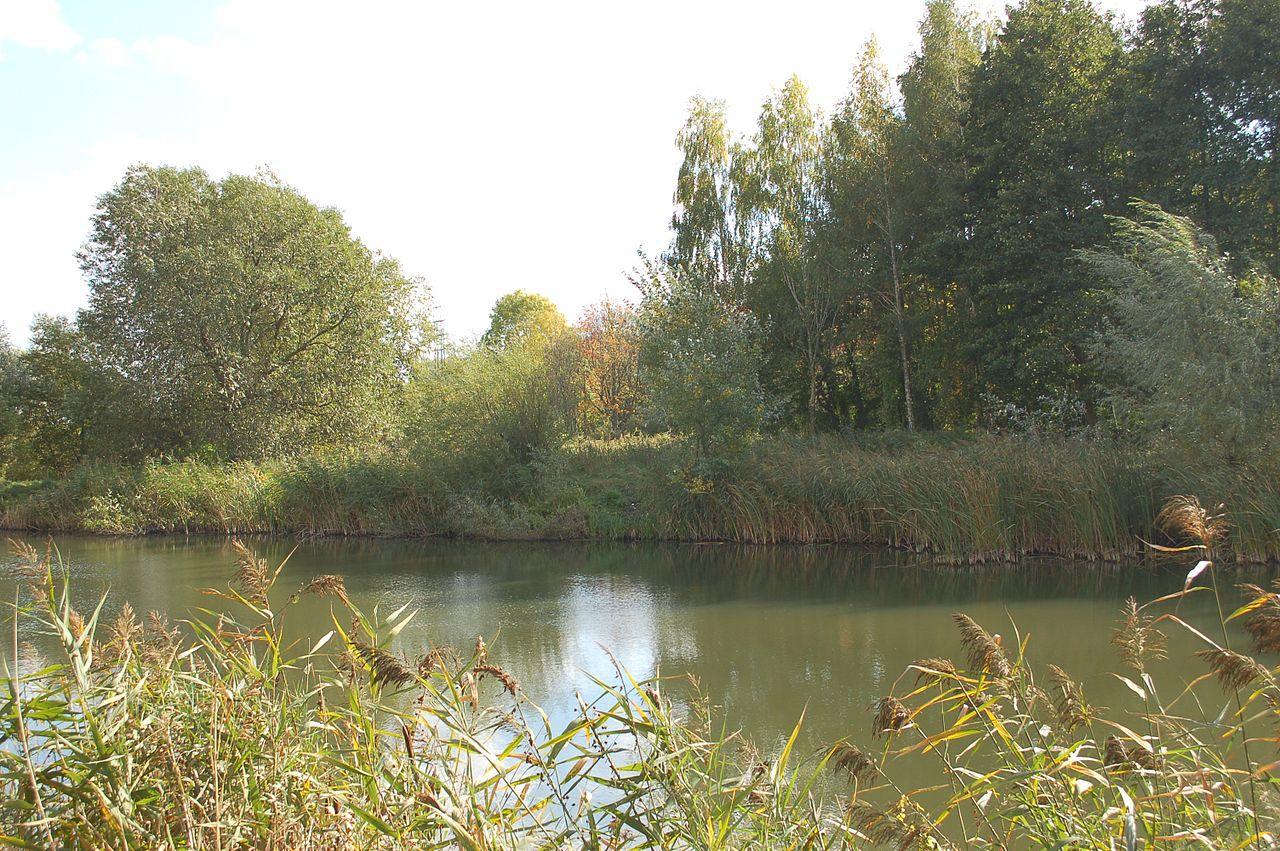
Source: Wikimedia
During the 19th century, the prominent Polish nobleman Stanisław Kostka Potocki purchased the estate. He set about transforming the grounds into a park and named it in honor of his grandson.
The Life of Stanisław Kostka Potocki
The rich history of the region was further enriched when Potocki took over the Gucin Gaj estate. He was a prominent figure during his era, holding distinguished titles, including President of the Council of State in the Duchy of Warsaw and Minister of Religious Denominations and Public Education.
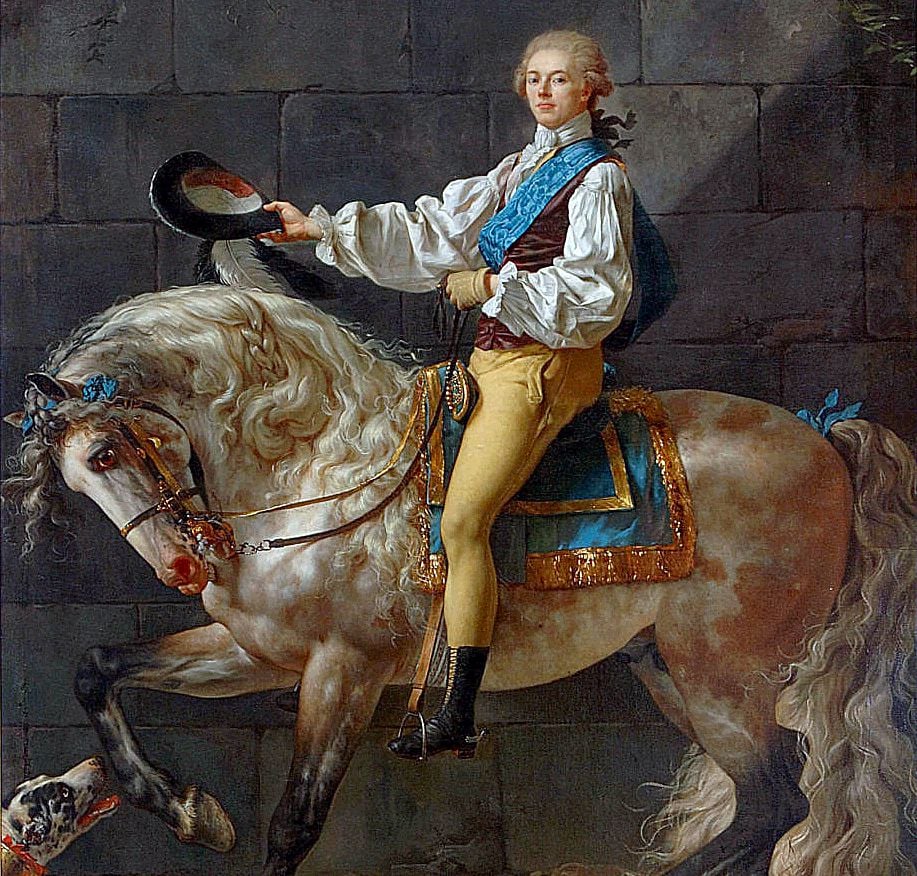
Source: Wikimedia
Potocki was also a member of the mysterious and secretive fraternal organization known as the Freemasons. Eventually, the politician rose through the ranks, earning the title of Grand Master of the Grand National Orient of Poland.
The Origin of Freemasons
While the origin of Freemasons is murky, legends claim they evolved from a local guild of stonemasons who constructed many of Europe’s castles and cathedrals sometime during the 14th century.
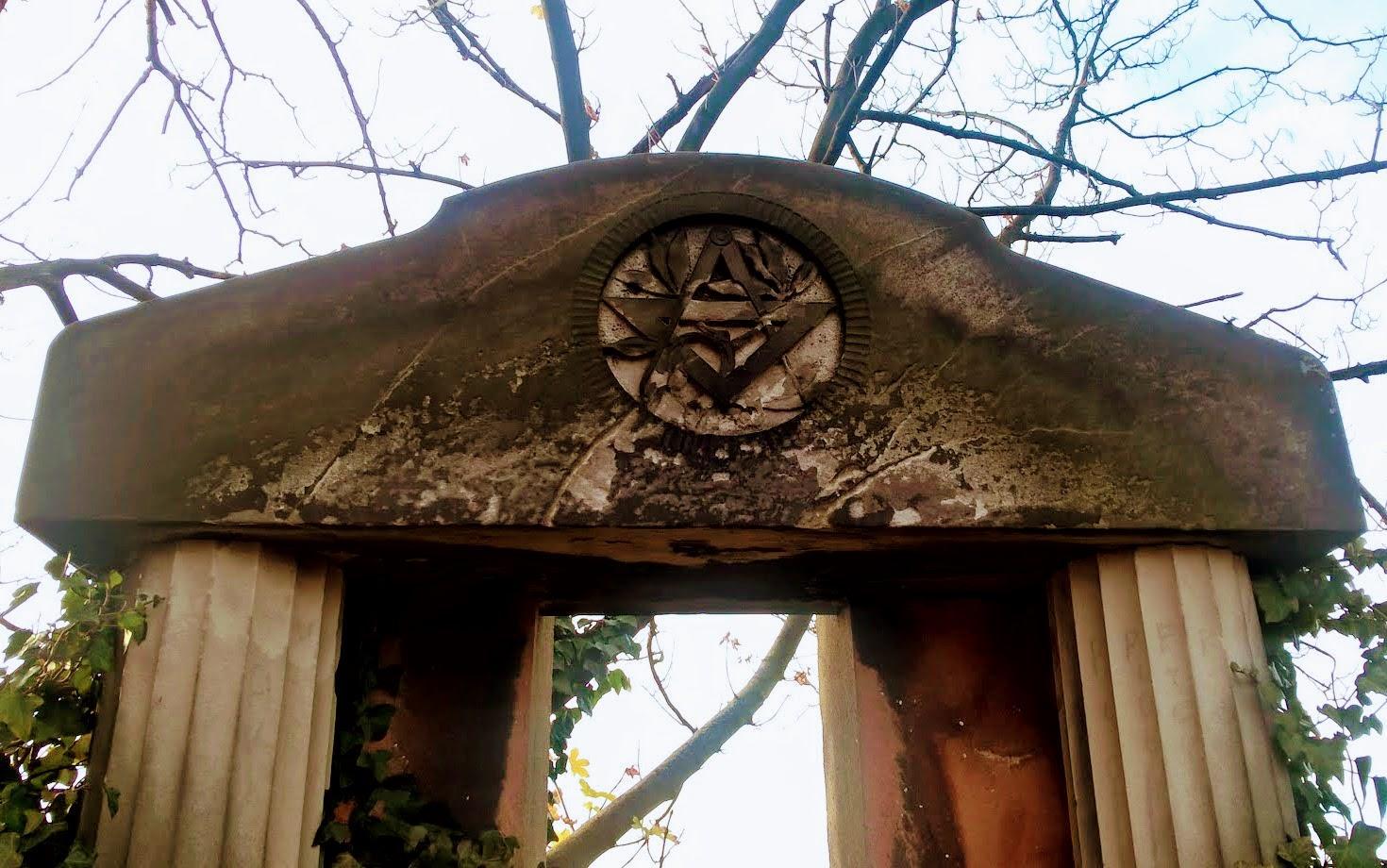
Source: Wikimedia
The secretive nature of the fraternity, which once only permitted men to join, has long fascinated the outside world. From secret rituals to supposed knowledge of the universe contained in symbolism, this group has captivated the minds of writers for centuries.
Lengthy Tunnel Under Polish Park
Recently, a team of archaeologists investigating Potocki’s former estate stumbled upon a strange tunnel that runs for approximately 207 feet underneath the park.

Source: Wikimedia
The intriguing barrel-vaulted U-shaped corridor, situated near St. Catherine’s Church, also produced several coins and has reignited interest in the site.
Masonic Graves
Researchers have proposed a Freemason connection to the tunnel despite evidence suggesting it may extend back several centuries before Potocki’s time.
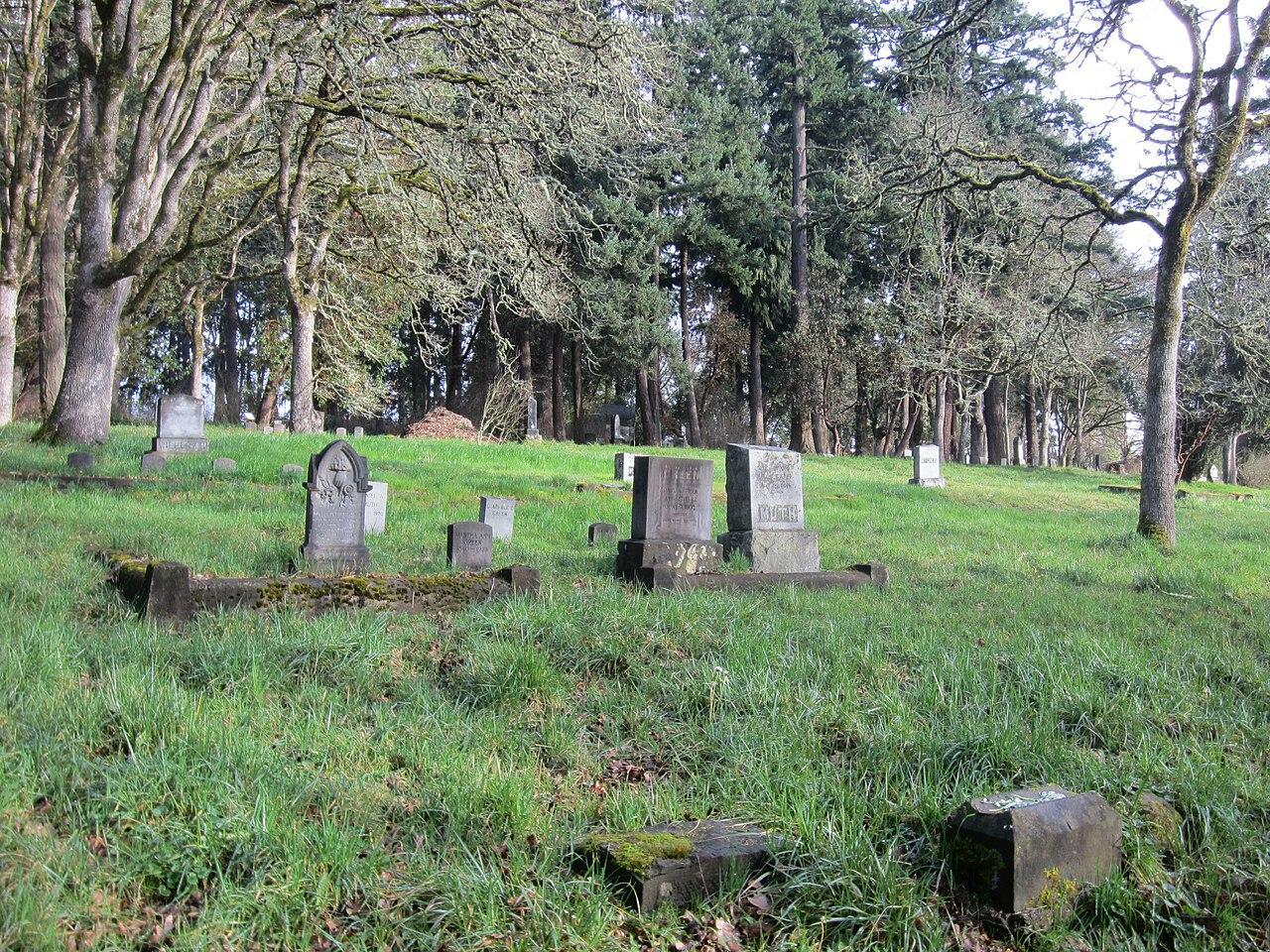
Source: Wikimedia
Poland’s official register of monuments has dubbed the tunnel “Masonic graves,” which has further fueled speculation that the underground tunnel was involved in the secret rituals of Freemasons.
Legends Surrounding the Tunnel
Despite the tendency to suggest the tunnel played a role in secret meetings held by the Freemasons, no contemporary sources confirm this claim.
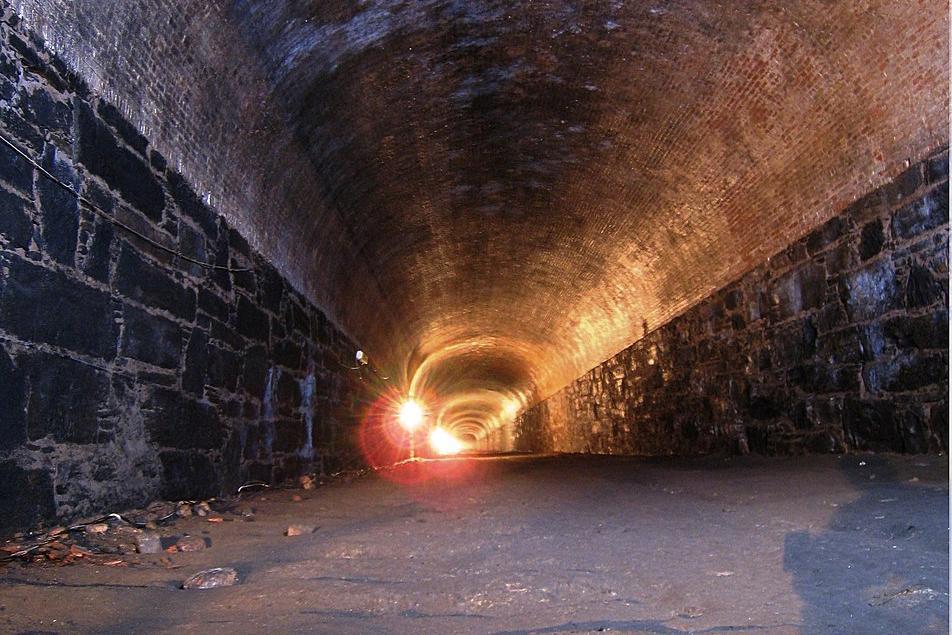
Source: Wikimedia
Nonetheless, the symmetrical alcoves that run along both sides of the tunnel give the impression that one is standing in a catacomb, explained the researchers who had ventured inside.
The Tunnel Extends Back to the 17th-Century
The Institute of Archaeology of Cardinal Stefan Wyszyński University excavated a small 5-meter square section of the tunnel entrance, working alongside Poland’s Office of the Warsaw Conservator of Monuments.
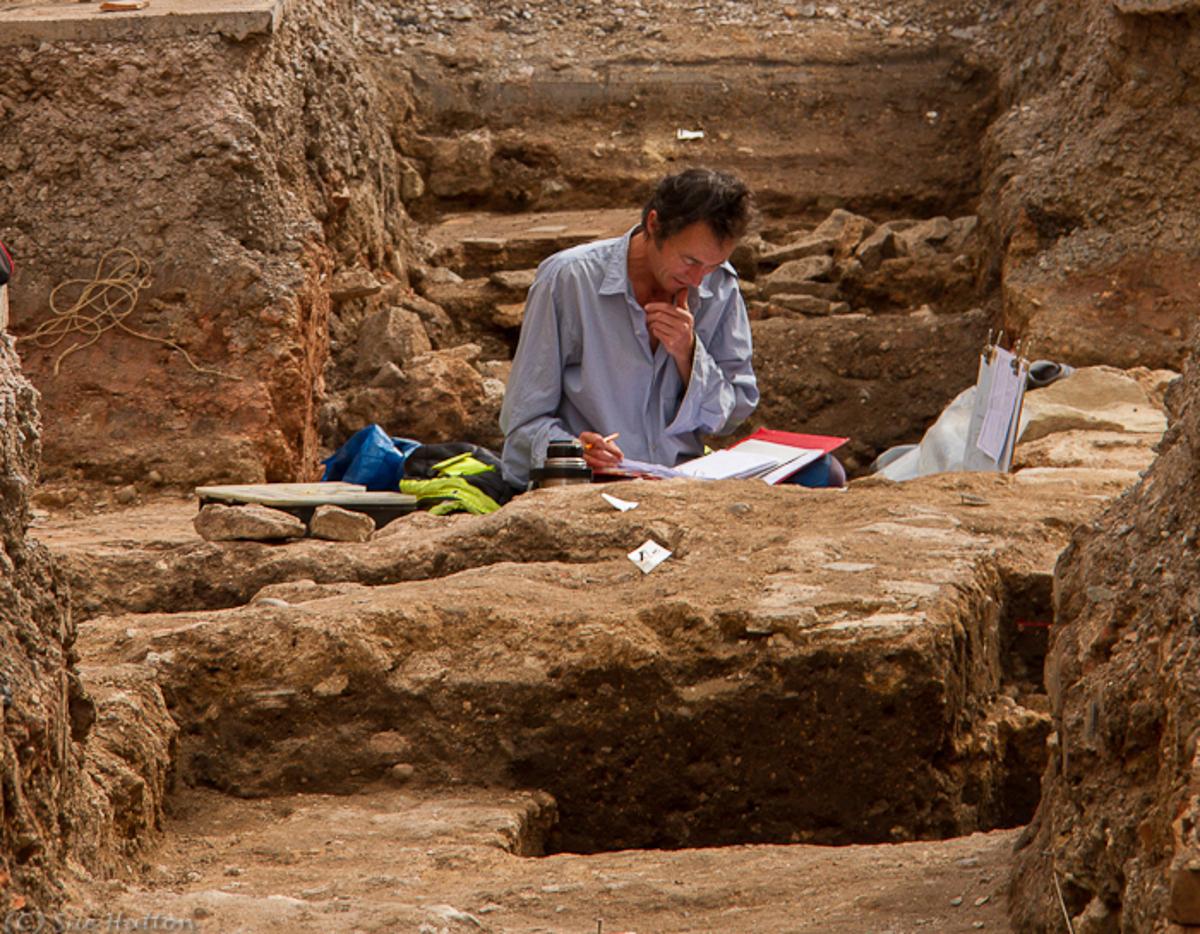
Source: Wikimedia
They discovered that the 19th-century walls from the era in which Potocki owned the estate were preceded by older bricks that may date to around the 17th century. The discovery of coins from this earlier period helped confirm the tunnel’s timeline.
Theory of the Tunnel's Origin
One theory of the tunnel’s origin suggests it may have been part of a cistern or ice house constructed to supply the nearby Wilanów Palace with fresh water.
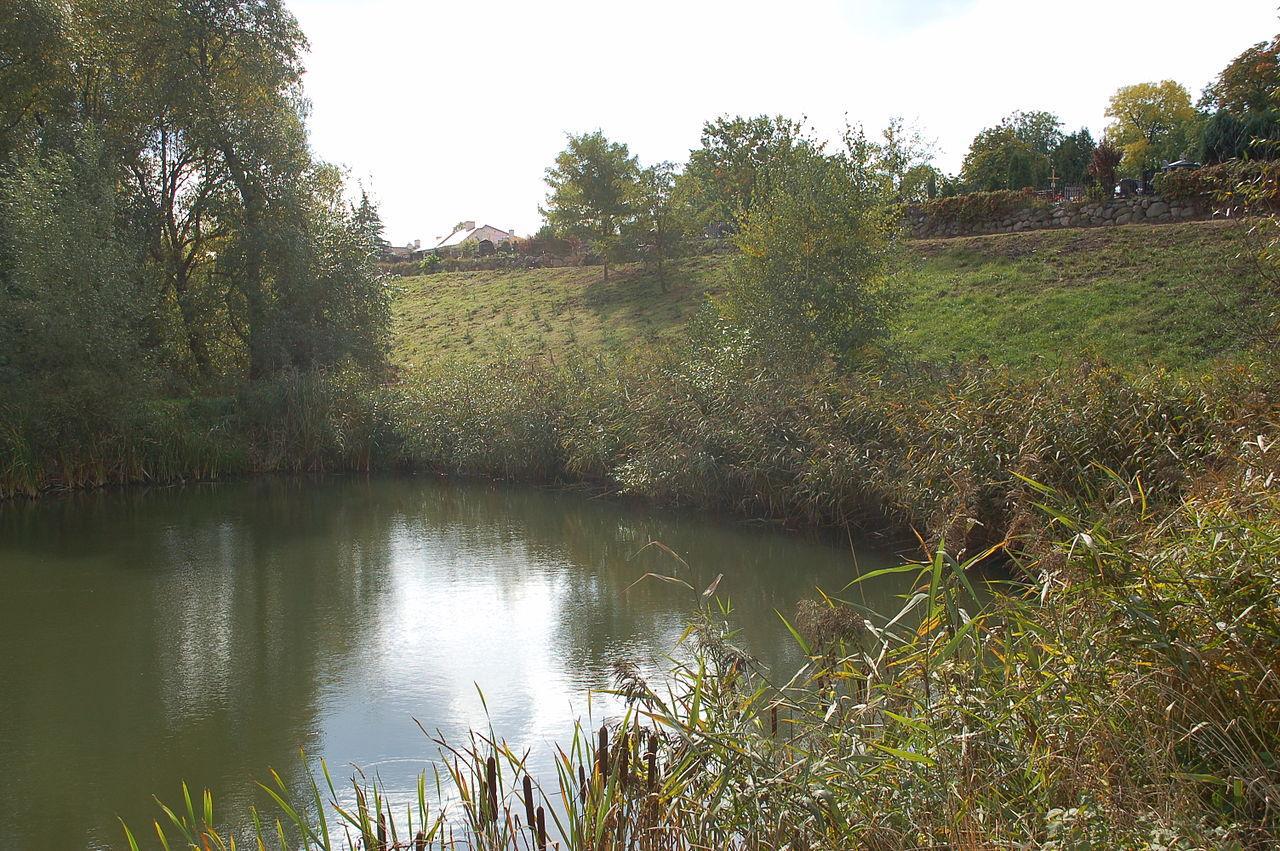
Source: Wikimedia
Researchers have stumbled upon the records of Augustyn Locci, who served as the court architect of King Jan III Sobieski, claiming a water intake and icehouse were constructed on the northern slope Góra Służewska, within the park’s vicinity.
The Ice House Theory
In these records, Locci explains the king has ordered water to be transported to his palace to irrigate his extensive gardens.
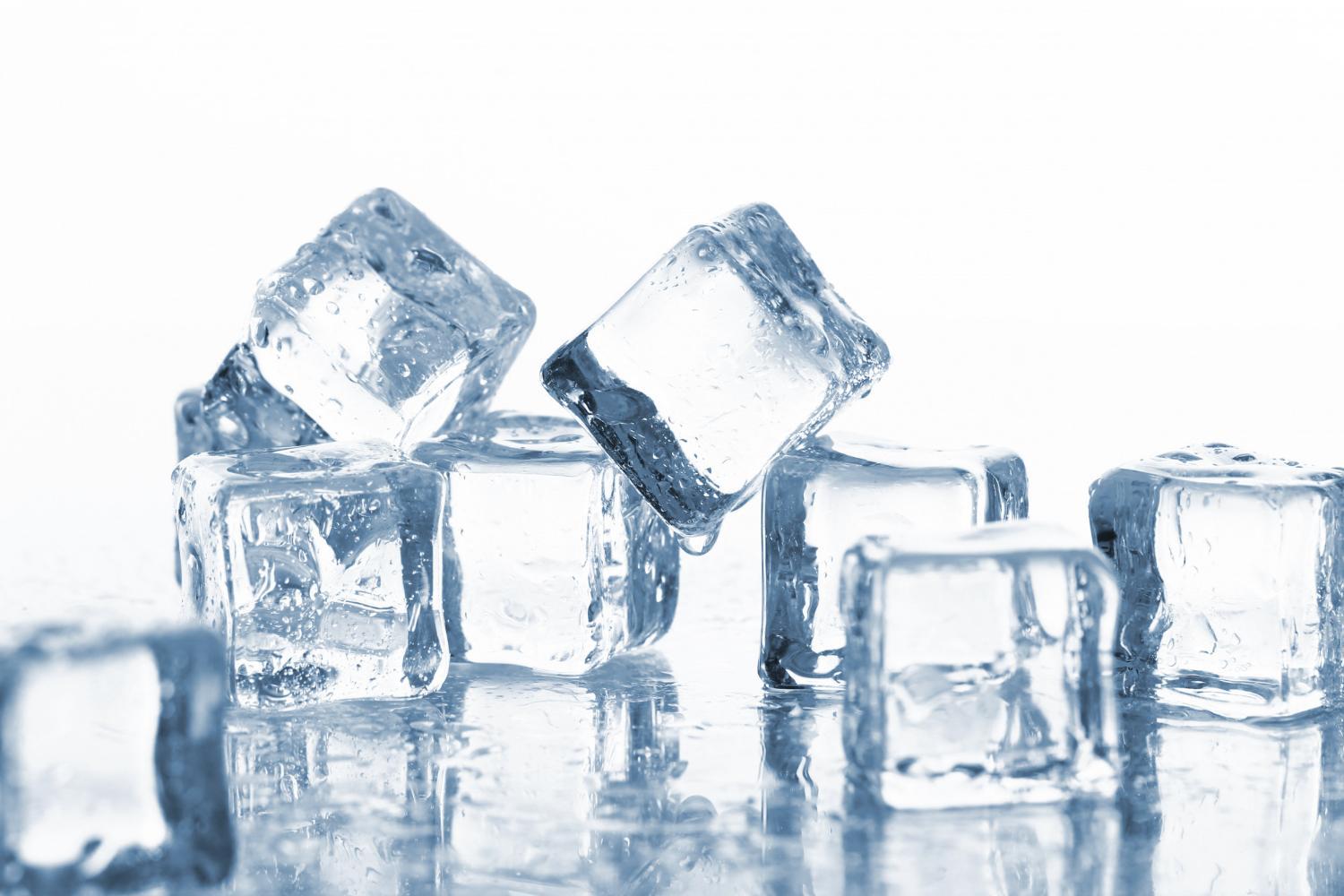
Source: Wikimedia
A pond in the vicinity of the palace supports this theory. Researchers suggest the tunnel may have been used to store ice cut from the pond during winter months, which may have doubled as a water collection system.
The Start of the Rumors
Shortly after Potocki’s death in 1821, his wife, Aleksandra, turned the estate into a commemorative grove.

Source: Wikimedia
During this period, the peculiar tunnel began to be associated with the Masonic order. This idea remained prevalent in the decades that followed despite no evidence linking the two.
Researchers Theorize What Lies Beneath the Rest of the Tunnel
While we may never know what Potocki and his Freemason colleagues got up to in the confines of the tunnel, the archaeological site remains a fascinating part of Polish history.
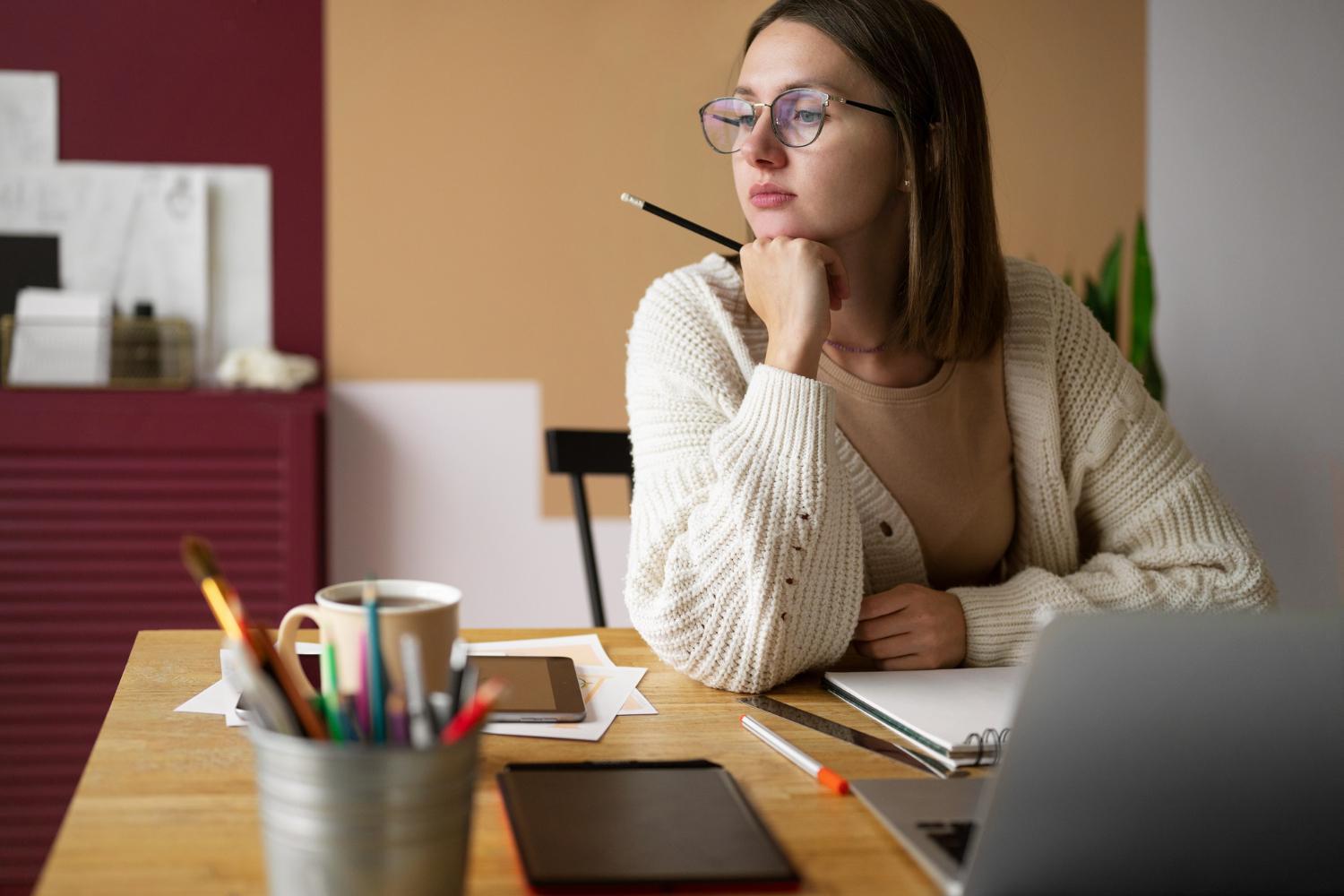
Source: Wikimedia
As much of the tunnel remains buried, researchers are left to wonder what could lie beneath the dirt. Could it really have been a site where masonic rituals were carried out, or was its function far less interesting? Maybe we’ll never know.
